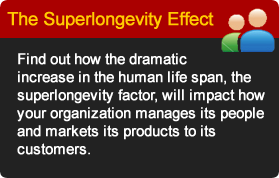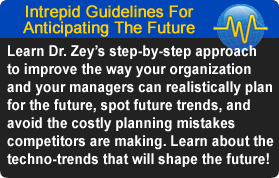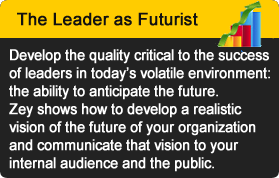Yellen, Citing Labor "Slack," Could Keep Rates Near Zero Through 2015
Yellen, Citing Labor "Slack," Could Keep Rates Near Zero Through 2015
August 4, 201410:29 AM MST
According to today's Wall Street Journal, Federal Reserve Chair Janet Yellen will have to make tough decisions over the next year. Because of challenging economic conditions, "the next 12 months will test her nerves and judgment," states WSJ analyst Jon Hilsenrath.
Most economists believe that Janet Yellen and the Federal Reserve will raise interest rates in the near future. However, Yellen and company can point to a number of disturbing trends in employment, housing, and car sales to justify the Fed maintaining zero-interest rates well beyond 2015.
Yellen has already stated that she and other Fed officials are not as optimistic about Americans' employment prospects as academics and politicians seem to be.
According to Reuters, Yellen believes that the much-ballyhooed sharp drop in the unemployment rate "has masked substantial weakness in the labor market." She constantly refers to what she labels "slack" in the employment picture.
Anyone looking for a well-paying full-time job can relate to Yellen's skepticism regarding recent jobs numbers. The labor participation rate is at all-time lows. Only about 58% of the overall working age population actually has a job. By comparison, in 2000 65% of the population had a job, and the unemployment figure was 4%.
One troubling bit of news released by the Bureau of Labor Statistics concerns the total number of hours worked by Americans. According to the report, "workers in the U.S. business sector worked virtually the same number of hours in 2013 as they had in 1998—approximately 194 billion labor hours."
However, the US population has grown by 35 million since 1998. Millions more people are available to work, yet the number of hours worked by Americans has not increased since 1998.
In real terms, this translates into millions of positions "not created" for all these new potential workers.
Lost in the hoopla over the July employment report was the fact that the 25-54 age group lost 142,000 jobs. Workers in that age group traditionally have the highest participation rates, make the highest salaries and are the greatest contributors to the nation's economic growth. They are also critical to the continued health of social safety nets such as Social Security and Medicare. This group's jobs woes are being felt throughout the economy, especially in the housing and auto sectors.
Ironically, it was the 55+ ages group that accounted for much of the jobs increase in July. Many in this group were looking forward to retiring sometime over the next decade. Instead, they are prematurely becoming displaced from their high-income careers and are now forced to work in low-paying, temp positions, if they are lucky to land one.
One of the more disturbing aspects of the economic "new normal" is the literal collapse of
the US new homes market. About 400,000 new homes will be sold in 2014, down from about
1.5 million in the mid-2000s.
Worse, Americans will purchase fewer new homes in 2014 than they did in 1963, over half a century ago, when the population stood at 189 million, compared to 319 million in 2014.
We hear much about the "revived" auto industry. Economists point to the fact light vehicle sales in the US are expected to reach about 16 million cars sold in 2014. They fail to mention that car dealers are selling no more cars than they did 30 years ago. Americans purchased 16 million cars in 1986, when the US population was a much 240 million. Instead of buying cars, Americans are holding on to their current automobiles for a record 11.4 years.
Auto companies are increasingly selling new cars to sub-prime borrowers, many of whom will eventually default on their over-sized six-year car loans. For this reason many economists believe we are witnessing an " auto-loan" bubble that might burst this year or next.
Media pundits, academics, and politicians, as well as Wall St. investment counselors seem oblivious to these troubling indications of US economic stagnation.
However, Federal Reserve Chair Janet Yellen, when considering when and if to raise the Fed's interest rates, cannot afford the luxury of ignoring these danger signs. A mistake by Yellen and the Fed could throw the stock market, and the US and global economy, into a downward spiral.
DR. ZEY'S PRESENTATION TOPICS



